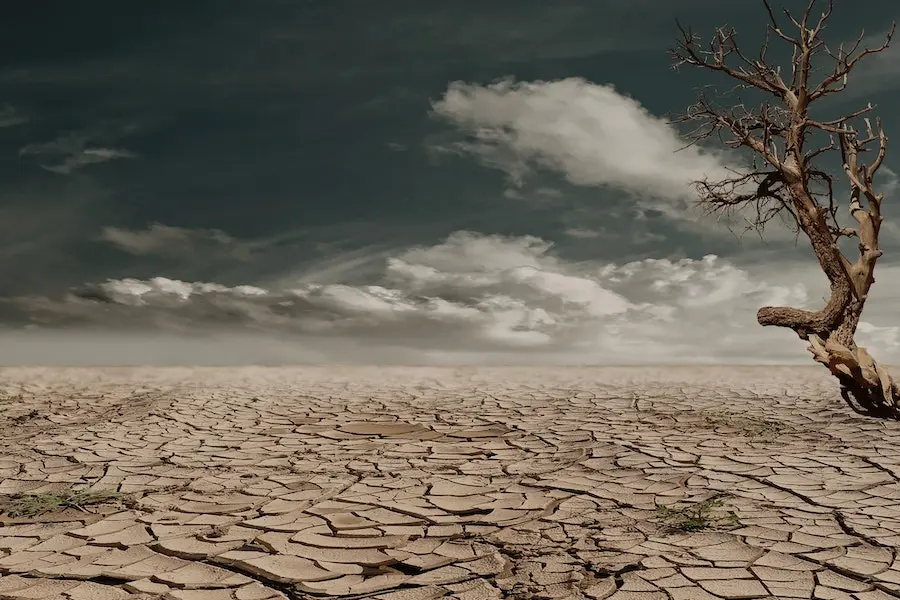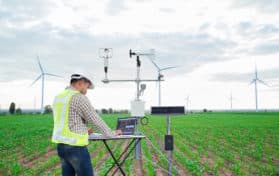
The gravity of the climate change issue, though comprehended by many, needs to be understood and addressed by most. It constitutes a momentous predicament that has persisted for centuries and will endure impacting our planet in the days ahead. Companies are also taking significant steps to reduce their carbon footprint, which is equally essential as small individual efforts. Companies are reducing their carbon footprint in many ways, and the most significant is renewable energy. The more we use renewable energy, the less we need to use fossil fuels, which will help reduce greenhouse gas emissions and carbon footprint. Companies are also offering more eco-friendly products. They’re reducing packaging and offering sustainably sourced materials as much as possible.
1. What Is the Carbon Footprint, and Why Is It Dangerous?
The carbon footprint is the total greenhouse gas emissions an organization, business, or individual produces. The size of a person’s carbon footprint depends on how they live, how much they drive, and what they consume. It also depends on the region in which their lives take place. The amount of greenhouse gases an organization produces is a significant factor when deciding how to reduce the amount of carbon dioxide (CO2) and other harmful greenhouse gases emitted into the atmosphere.
Greenhouse gases are harmful because they prevent the earth’s surface from cooling. Over the past century, humans have produced tons of these gases, significantly warming our planet. Greenhouse emissions cause an estimated 10 percent of global warming. Burning fossil fuels like coal and oil produces carbon dioxide and other harmful greenhouse gasses like methane. These gases build up in the atmosphere, trapping heat that usually escapes into space.
2. Why Climate Change Is Dangerous:
• Hotter Temperatures
Temperatures are rising worldwide, which will cause the earth to get hotter and hotter. The amount of carbon dioxide emitted in the atmosphere is already higher than it has been for about 3 million years, increasing exponentially. There’s also a lot more methane being produced, which will increase temperatures even more.
• Severe Storms
Climate change is causing violent storms to form all over the world. The strongest of these storms are hurricanes, which are getting significantly more powerful than they used to be. Hurricanes are also lasting longer and traveling further north than they used to. This is due to warmer ocean temperatures and increased precipitation.
• Water Shortages
Climate change is causing massive droughts worldwide, preventing plants and animals from getting the necessary water. Many cities are going through extreme water shortages and have to pay large amounts of money every month to get their residents water.
• Increased Drought
The amount of water on earth has steadily decreased over the past century, another result of climate change. The amount of water falling from the sky has been declining, and the amount of water flowing into rivers, lakes, and reservoirs is also decreasing. This has created more severe droughts in many different parts of the world.
• Loss of Species
Many species of animals and plants are going to go extinct as a result of climate change. The most vulnerable species live in tropical forests, mountain regions, and arctic tundra. Living in a different climate will force them to migrate to a new area, which is difficult for some. Climate change may be one of the ways that the inevitable extinction of species on earth will occur.
• Not Enough Food
Climate change is causing droughts in many different parts of the world, which has reduced crop output and farm productivity. This is a massive problem because it will lead to food shortages worldwide. Many people worldwide already have limited access to food, and they’ll need even more due to climate change. The temperature and precipitation force farmers to use more pesticides and artificial fertilizers
• Health Threat
The health of many cities will be negatively affected by climate change. People’s health is harmed by factors such as air pollution, unfavorable living circumstances, extreme weather events, forced relocation, stress on mental health, increased hunger, and inadequate nutrition. The air pollutants that are already in the atmosphere are going to get much worse as a result of climate change. These pollutants include ozone, sulfur dioxide, and nitrogen dioxide. More allergens and airborne diseases will also be caused by the increasing amount of pollen in the air. Changes and imbalances can impact muscle, bones, skin conditions, mental health, and well-being. To take care of your health, learn about the cost of growth hormone therapy for adults here.
• Poverty and Displacement
People around the world will be displaced due to climate change. Rising sea levels, droughts, extreme weather events, and changing land use will force many people to move. This can cause political instability in countries that already have issues with their governments. These countries will be weaker than others and can produce less food and goods than they used to.
3. Ways Companies Can Reduce Carbon Footprint:
Choose Sustainable Suppliers Who Use Eco-Friendly Methods
Every supply chain will have a slightly different responsibility regarding how much carbon dioxide and other greenhouse gas emissions are produced. The higher levels of the supply chain will be more responsible for those emissions than the lower levels, so that’s another reason why the upper levels need to be more eco-friendly.
Invest in Green Office Equipment
Newer technology uses a lot less carbon dioxide, which can be helpful to companies that are trying to reduce their greenhouse gas emissions. Companies should invest in this technology as early as possible to save money on energy bills. It’s also more efficient, and it has a smaller carbon footprint.
Switch to Hybrid or Fully Electric Company Cars and Fleet Vehicles
Entirely electric cars use almost zero carbon dioxide, which is excellent for the environment. Many companies are using them because they want to make a significant beneficial impact on the environment. There are also tax breaks and other incentives that can help make them more affordable to purchase.
Use Renewable Energy
Fossil fuels create carbon dioxide when burned, which is terrible for the environment. Companies must consider using renewable energy like wind, solar, geothermal, hydro, or tidal power instead of fossil fuels because it has a much smaller carbon footprint. Many governments offer subsidies and tax breaks to companies that use renewable energy so that the government can cover some of those costs.
Educate Your Company and Customers on Climate Change
There needs to be more clarity about climate change, which is why some companies aren’t trying to reduce their carbon footprint. Many people need help understanding the issues and how they can help. The more educated people are about climate change, the more likely they will change their lives and businesses. This will help companies reduce their carbon footprint.
Reduce Carbon Footprint by Exporting More Goods to Countries with Lower Emissions
By making the products they produce in their factories using lower greenhouse gas emitting materials, companies can help many people worldwide by reducing their carbon footprint in some other parts of the world. Businesses must also participate in clean development projects like wind farms and solar energy plants worldwide.
Reduce Packaging Waste
There are three things that packaging must do: contain, protect, and preserve. Companies can reduce the amount of packaging waste by using reusable containers for shipping, using smaller packages, and creating more recyclable materials.
Switch to Online Meetings and Online Events
Online meetings and events will take place using video technology, which has a much smaller carbon footprint than live meetings. This can significantly benefit the environment if companies ensure their employees are on board with this practice to reduce the use of cars and fossil fuels.
Businesses need to reduce their carbon footprint, but the process begins with looking at their supply chain. Each company needs to consider where its materials, products, and services come from and how they’re generated. The supply chain is what ultimately determines the carbon footprint of any business. It’s also critical to consider how you can use technology more efficiently and how your employees can help reduce that footprint using greener methods.





